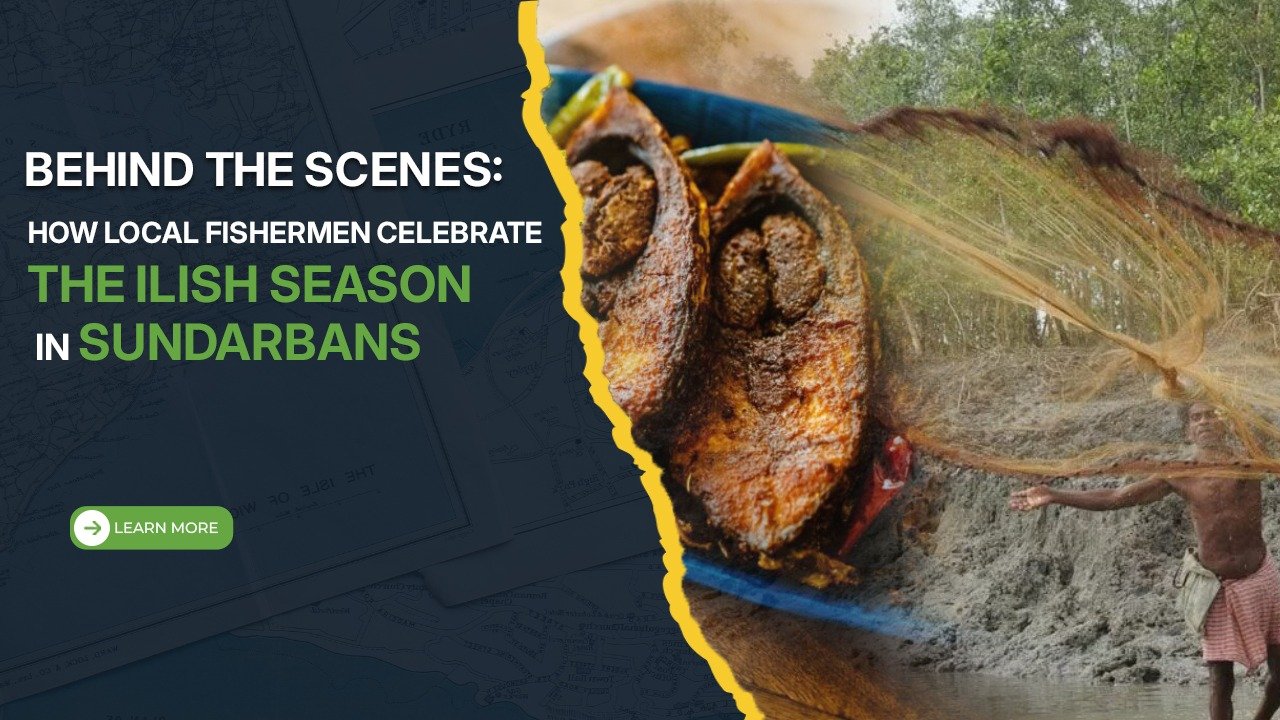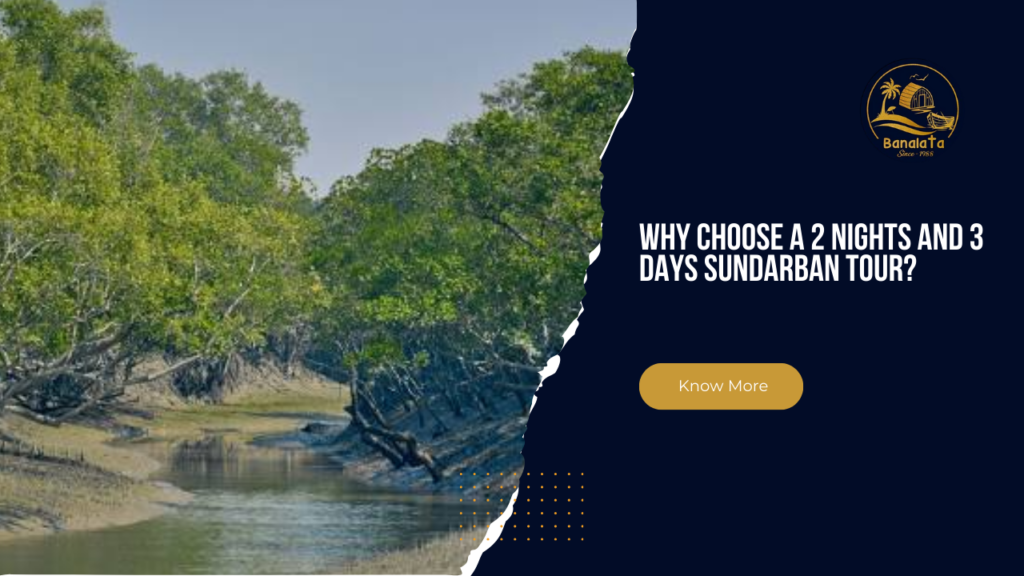Every year, a magical time descends upon the Sundarbans, the largest mangrove forest in the world, shared between India and Bangladesh. It’s the much-awaited Ilish season, a period when the prized Hilsa fish (known locally as Ilish) returns to the rivers and local fishing communities spring into action. Revered as the “queen of fish,” Ilish is not only an iconic delicacy but also an integral part of the region’s cultural and economic tapestry.
But beyond the delectable fish curries and the joy surrounding this season lies a bustling ecosystem of hardworking fishermen, ancient sustainability practices, and deep cultural traditions. For seafood enthusiasts, environmental activists, and local tourism explorers, the Ilish season offers a window into a fascinating world that is both enchanting and educational.
Here, we take you behind the scenes of the Ilish season in the Sundarbans, showcasing the fishermen’s dedication, the community celebrations, and their constant effort to strike a balance between livelihood and environmental preservation.
The Local Fishermen’s Lifestyle
Life in the Sundarbans for local fishermen is shaped by the rhythms of the rivers. During the Ilish season, these rhythms take on newfound urgency and excitement. Fishermen start their day before dawn, navigating the maze-like waterways of the Sundarbans in small wooden boats. Their tools are modest—fishing nets, bamboo poles, and sheer determination—but their ancestral knowledge of water currents, fish behavior, and river conditions gives them unparalleled expertise.
Preparation for the Ilish season begins months in advance. Fishermen mend and strengthen their nets, repair their boats, and stock up on supplies like salt and ice to preserve the fish. Families pitch in to help, with women often assisting in drying and processing the catch later. It’s a lifestyle that demands resilience, teamwork, and an unwavering respect for nature.
Sustainability and Environmental Practices
Fishing in the unique ecosystem of the Sundarbans comes with challenges and responsibilities. The region is home to diverse wildlife, including the endangered Bengal tiger, making the delicate balance between livelihood and environmental preservation critical.
Local fishermen employ sustainable fishing practices passed down through generations. Many adhere to guidelines on net size to avoid catching juvenile fish, allowing the Ilish population to replenish. Catch limits are respected during peak breeding times, and community fishing cooperatives work together to promote these practices.
Additionally, there are initiatives in place to transition fishermen toward more environmentally friendly equipment and methods. Educational programs organized by environmental NGOs and local authorities help the community better understand the ecological importance of their fishing activities. These efforts are vital, as the long-term survival of Ilish fishing depends on maintaining the delicate ecosystem of the Sundarbans.
The Ilish Festival
The Ilish season is more than just an economic boon; it’s a time for celebration. The community comes together for the annual hilsa Utsav in Sundarban, a vibrant affair that showcases their pride in local traditions.
The festival is a feast for the senses. The tantalizing aroma of freshly cooked Ilish dishes fills the air as vendors line the streets with steaming plates of mustard-soaked Hilsa curries, spicy fish chutneys, and fried fish fillets. Cooking competitions often take place, with home cooks and chefs putting their spin on traditional recipes.
Music and dance performances celebrating the rich folklore of the Sundarbans add a festive vibe, while storytelling sessions highlight the region’s history and connection with the rivers. For visitors, the Ilish festival is an opportunity to not only experience regional flavors but also witness the close-knit spirit of the community.
The Role of Ilish in Local Cuisine and Economy
If you’ve ever tasted a perfectly cooked Hilsa fish, you’ll understand why it holds an irreplaceable place in the region’s cuisine. Known for its tender, flavorful meat and delicate bones, Ilish is a favorite for dishes like “Shorshe Ilish” (Hilsa cooked in mustard sauce) and “Ilish Pulao” (Hilsa rice).
Chefs and home cooks alike honor Hilsa as a culinary treasure. Many families pass down secret recipes through generations, and the season’s first catch is often reserved for preparing these beloved family dishes.
Beyond flavor, the economic impact of Ilish is immense. For many fishermen, the season constitutes a significant portion of their yearly income. The fish is highly sought after not only by locals but also by international seafood markets. Hotels and restaurants in the Sundarbans region see a surge in visitors during the season, boosting the local tourism economy.
Challenges Faced and the Future of Ilish Fishing
Despite its cultural and economic significance, Ilish fishing faces mounting challenges. Climate change, overfishing, and pollution are threatening the delicate balance of the Sundarbans’ aquatic ecosystem. Rising water salinity has impacted breeding conditions for Ilish, while illegal fishing practices continue to pose a threat to sustainable yields.
For local fishermen, the situation is compounded by economic pressures and uncertain weather patterns that make fishing efforts riskier. However, hope is not lost. Initiatives led by both government bodies and environmental NGOs focus on restoring Ilish populations and enhancing sustainable fishing infrastructure. Community-based programs, such as fishery reserves and breeding sanctuaries, are steps in the right direction.
Ultimately, the future of Ilish fishing lies in collective action—reinforcing sustainable practices, supporting the livelihoods of local fishing communities, and protecting the Sundarbans’ unique environment.
Preserving a Way of Life
The Ilish season in the Sundarbans is more than just a fleeting chapter of the year; it is a testament to resilience, tradition, and the harmonious coexistence of humans and nature. Behind every flavorful bite of Ilish lies the untiring effort of fishermen, the support of their families, and the intricate balance of the ecosystem they call home.
Whether you’re a seafood enthusiast, an environmental activist, or an explorer of local traditions, the story of the Ilish season is one worth celebrating and protecting. By championing sustainable fishing practices and supporting local communities, we can ensure that the legacy of Ilish fishing in the Sundarbans remains vibrant for generations to come.




